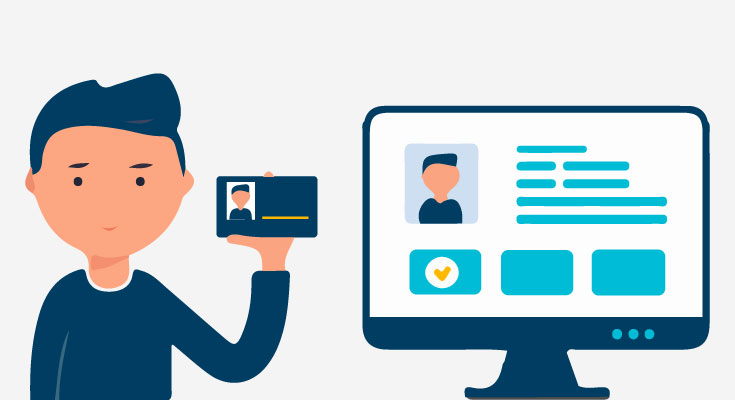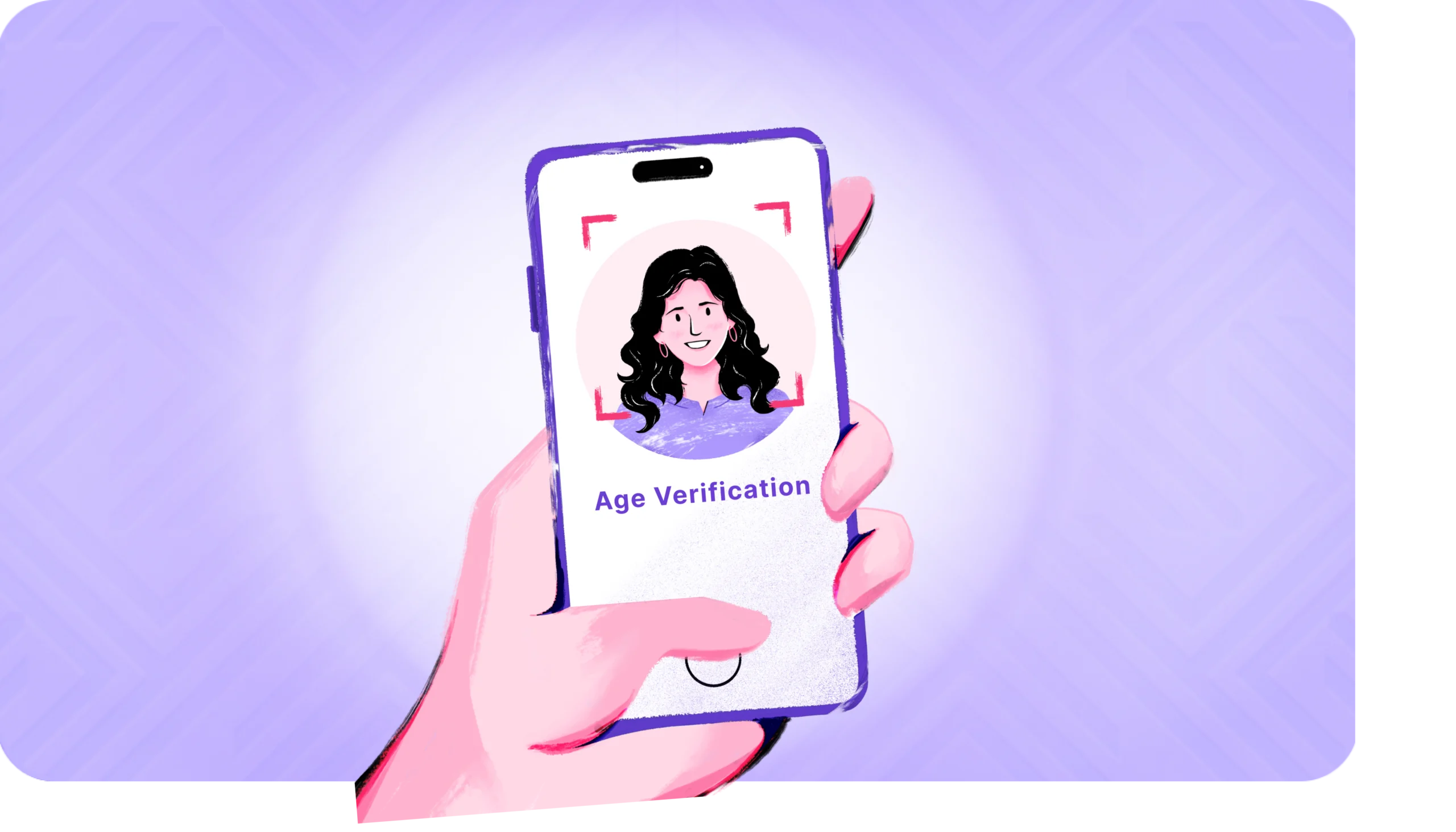In today's electronic landscape, ensuring users meet era demands is crucial for tools dealing with painful and sensitive material, managed products, or solutions meant for adults. An age verification software offers a powerful way to verify age people, helping digital systems comply with appropriate rules, defend minors, and construct trust with their audience. Understanding the advantages and functions of such options is essential for program operators seeking to keep safety and integrity.

Ensuring Appropriate Conformity
One of the main reasons electronic programs apply era affirmation alternatives is to comply with appropriate and regulatory frameworks. Many jurisdictions impose strict era restrictions on access to certain types of material or solutions, such as online gaming, liquor income, person amusement, and social networking systems with adult content. Failing continually to verify user era can result in significant fines, legal activities, or even software shutdowns. Age verification answers help platforms meet these requirements by correctly canceling that users are over the required age ceiling before giving access.
Guarding Minors from Inappropriate Material
Digital tools often host content or companies unsuitable for kids and teenagers. Era proof acts as a gatekeeper, reducing the risk that minors access dangerous or unacceptable material. This security is essential maybe not only from a legitimate viewpoint but also as a social responsibility. Parents, regulators, and users assume tools to take effective measures to stop underage experience of gambling, specific content, or possibly harmful communities.
Enhancing User Confidence and Brand Name
Implementing effective era affirmation options shows a platform's commitment to user safety and responsible operation. This forms confidence with customers, associates, and regulatory bodies. A status for safeguarding vulnerable teams and staying with regulations can identify a software in a aggressive market, attracting people who price moral and protected online environments.
Reducing Fraud and Personality Theft Risks
Modern era confirmation systems usually contain personality verification functions that cross-check personal data with trusted databases. This process helps lower fraudulent account formation and identity robbery, which can be popular issues on electronic platforms. By verifying both age and identity, platforms improve over all security and reduce the likelihood of abuse.
Improving User Knowledge with Easy Verification
Sophisticated age affirmation alternatives try to minimize friction for respectable users by using effective and user-friendly processes. Techniques such as report checking, skin recognition, or electronic ID verification could be accomplished rapidly and safely, allowing customers to access content without unwanted delays. This stability between security and ease encourages conformity without deterring potential users.

Conclusion
An era proof solution represents an essential role in enabling electronic programs to comply with regulations, defend minors, and keep user trust. By developing trusted and smooth evidence procedures, programs not only safeguard their procedures but also increase protection and user experience. Within an significantly governed digital earth, buying age confirmation is required for responsible system management and long-term success.
